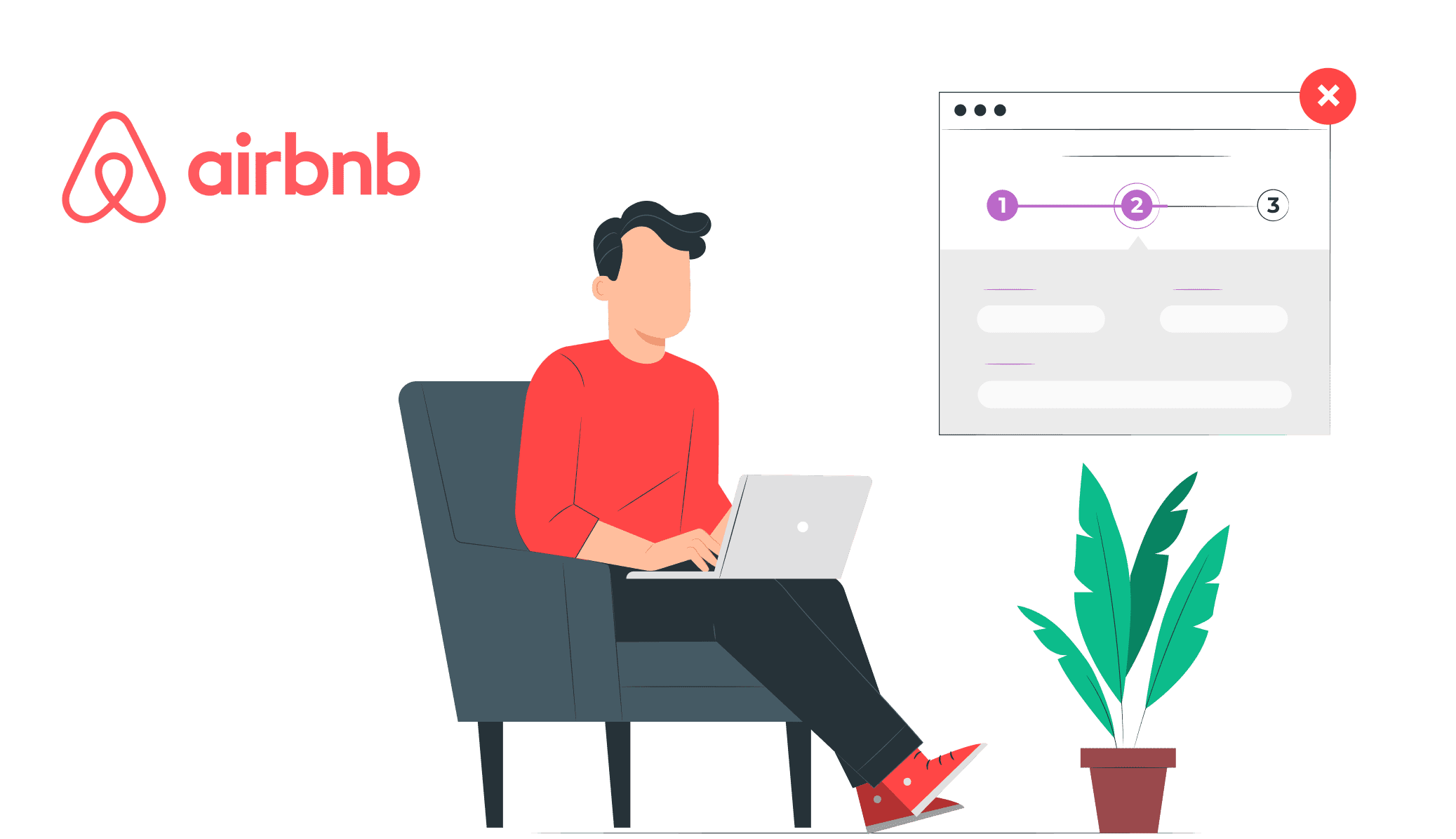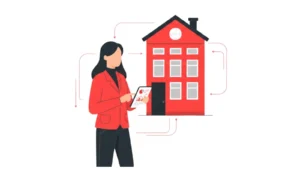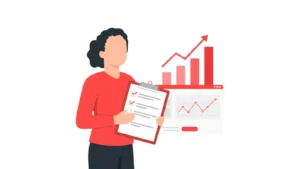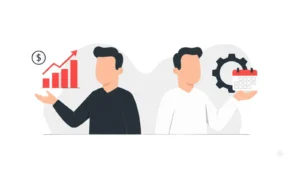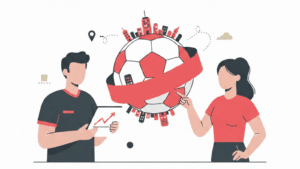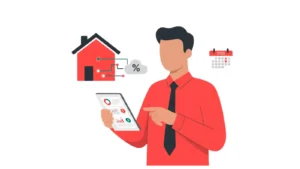Updated : Oct 15, 2025
Are you leaving money on the table with your Airbnb? Or, worse, are you scaring away potential guests with rates that are too high? Mastering your Airbnb pricing strategy is a critical skill for any host or property manager looking to succeed in the competitive short-term rental market.
It’s about more than just setting a nightly rate—it’s about striking a balance between profitability and occupancy while adapting to market trends and guest behavior. An optimized vacation rental pricing strategy can be the key to maximizing your revenue and consistently outperforming your competition.
In this guide, we’ll unveil six proven steps to take control of your pricing, avoid pricing mistakes, attract the right guests, and leverage data to your advantage. We’ll also explore different Airbnb pricing models and how a dynamic pricing tool can transform your business.
The Three Main Airbnb Pricing Models
Before you can build an effective strategy, you need to understand the various approaches to pricing your property.
1. Manual Pricing: The Hands-On Approach
With manual pricing, you’re in complete control. You set all your rates yourself, adjusting them for seasonal, holiday, and special event periods. This gives you the flexibility to react to hyper-local factors that automated tools might miss.
- Pros: Complete control, personalized strategy.
- Cons: Time-consuming, prone to error, and rates can quickly become outdated.
2. Airbnb Smart Pricing: The Hands-Off Option
Airbnb’s built-in Smart Pricing algorithm is designed to do the work for you. It analyzes various data points to suggest prices. While it’s easy to use, many hosts report that it tends to undervalue their property, leading to lower-than-expected earnings. It’s a convenient option, but it comes with a significant trade-off in control and potential revenue.
- Pros: Ease of use, real-time updates.
- Cons: Can undervalue your property, limited control, and lacks advanced customization.
3. Dynamic Pricing Software: The Data-Driven Solution
For a sophisticated and automated approach, dynamic pricing software is the top choice for many property managers. Tools like PriceLabs utilize advanced algorithms to analyze a massive amount of data—including competitor prices, seasonal trends, and local events—to adjust your rates automatically. This method strikes the perfect balance between control and automation, helping you optimize your short-term rental pricing for maximum revenue and occupancy.
- Pros: Data-driven adjustments, highly efficient, and fully customizable.
- Cons: There is a learning curve associated with setting up advanced features.
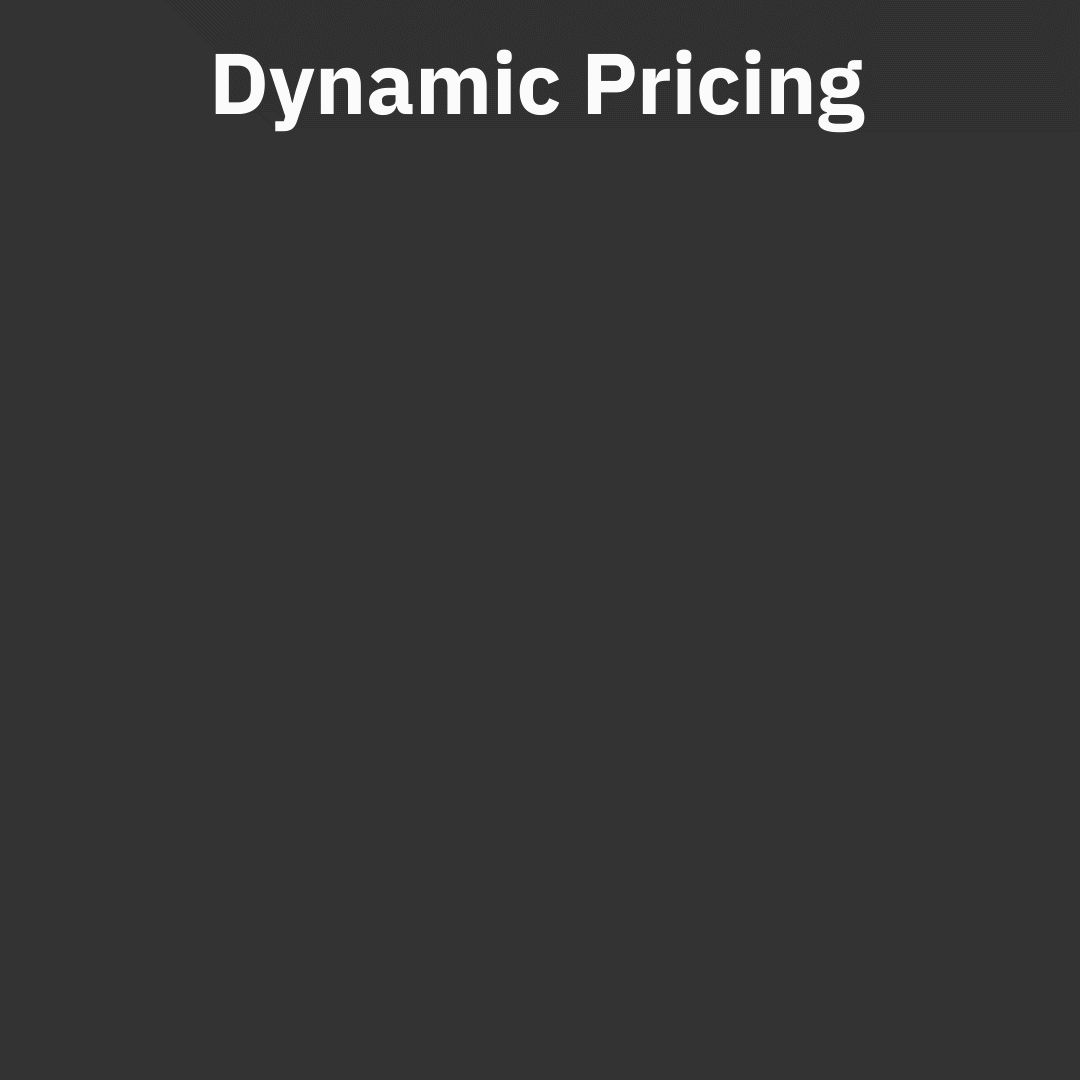
6 Proven Steps to Master Your Airbnb Pricing Strategy
Whether you’re new to hosting or looking to refine your approach, following these six steps will help you develop a robust pricing strategy for vacation rentals.
Step 1: Calculate Your Breakeven Costs
Before you can set a profitable price, you must calculate your nightly costs. This includes everything from your mortgage and utilities to taxes and maintenance. To find your nightly breakeven cost, add up your monthly expenses and divide by 30.
- Example: If your monthly expenses total 2,500, your nightly cost is approximately 83. This is the absolute minimum you should charge to avoid incurring a loss.
Step 2: Set Your Minimum Nightly Rate
Once you know your costs, you can set a minimum nightly rate. This is the lowest price you’re willing to accept to ensure you’re always profitable. While this rate should be higher than your breakeven cost, it must also be competitive within your market. Your rate should reflect your property’s value, amenities, and unique location.
Step 3: Conduct Market Research on Competitor Pricing
To truly stand out, you need to know your competition thoroughly. To determine the ideal Airbnb pricing, explore similar listings in your area. Look at the property type, number of bedrooms, amenities, and location.
- How a tool helps: PriceLabs’ Market Dashboards enable you to find this information in a simple and intuitive tool, saving you hours of manual research. It allows you to find the average nightly rate of similar properties, which serves as a benchmark for your pricing strategy.
Step 4: Adapt Your Rates to Market Demand
Your prices should never be static. Airbnb pricing is subject to constant fluctuation based on market demand. Be mindful of high and low seasons and tailor your strategy accordingly.
- High Season: Increase your prices during peak times like holidays, weekends, and major local events.
- Low Season: Offer lower rates to boost occupancy and prevent your property from sitting empty.
Master Your Revenue: Start Your Data-Driven Pricing Transformation
Stop leaving money on the table. Embrace dynamic pricing to automatically optimize your rates for peak profitability and occupancy. Leverage competitor data, smart minimum stay rules, and automated adjustments—all in one powerful tool.
Start Your 30-Day Free TrialStep 5: Leverage Discounts and Smart Minimum Stay Rules
Using discounts and setting smart minimum stay rules can help you fill your calendar more efficiently and increase your average booking value.
- Length-of-Stay (LOS) Discounts: Offer discounts for weekly or monthly stays to attract longer bookings. This not only makes your property more appealing but also reduces your operational costs.
Case Study: Nord Collection, a property management company, found that allowing short 1- to 2-night bookings was costing them money. By using PriceLabs’ MinStay Recommendation Engine, they adjusted their minimum stay requirements.
Result: Their average stay increased from 3.1 nights to 4.3 nights—an almost 40% improvement. Despite fewer bookings, they saw over 10% revenue increase by focusing on longer, more profitable stays.
- Gap Nights Strategy: Address those “orphan days”—short, unbookable gaps between longer reservations. With PriceLabs’ orphan day customizations, you can automatically adjust your minimum stay requirements to allow bookings that fill these gaps, preventing valuable revenue from being lost.
Step 6: Embrace Dynamic Pricing to Maximize Revenue
This is where you move from reacting to the market to proactively dominating it. A dynamic pricing strategy uses real-time data to adjust your rates automatically, ensuring your Airbnb occupancy strategy and revenue goals are met.
Case Study: The Blue Kite’s Occupancy-Based Adjustments. The Blue Kite, a property management company managing over 200 listings, saw a 20% increase in occupancy in its first month after switching to PriceLabs. This was primarily due to the tool’s ability to adjust rates based on occupancy levels automatically. By automating these adjustments, under-booked properties received the attention they needed to fill up, while booked properties could be priced dynamically to capitalize on remaining available nights. This is a perfect example of effective revenue management for vacation rentals.
Case Study: Hoomy’s Maximum Rate Strategy. Hoomy, which manages over 1,200 properties, used dynamic pricing to optimize rates during periods of increased demand. By leveraging PriceLabs’ Market Dashboards, they could track price and occupancy trends, making it easy to spot high-demand periods. This is a crucial strategy for increasing Airbnb revenue.
Result: They utilized custom seasonal profiles to automatically adjust rates to higher levels during peak seasons, such as summer, in their coastal properties. This allowed them to capture the maximum possible rate for their properties during high-demand times, such as local events and tourist influxes.
Conclusion
Optimizing your Airbnb pricing strategy is not a one-size-fits-all endeavor. To thrive in a competitive market, hosts must adapt their pricing approaches to various factors, including property type, location, and seasonality.
By embracing the right pricing strategy—and utilizing data-driven tools like PriceLabs to automate the process—you can begin your journey to maximizing your Airbnb revenue and elevating your hosting business to the next level. Your success as a host awaits—begin your pricing transformation today.
Frequently Asked Questions
What’s the best pricing strategy for a new Airbnb listing?
For a new listing, the best approach is often to start with a slightly lower, more competitive price. This helps attract your first guests and secure initial reviews, which are crucial for building trust and improving your ranking in search results. Once you’ve accumulated a few positive reviews, you can gradually increase your prices. A dynamic pricing tool can help you automate this process by automatically adjusting your rates as your review count and occupancy grow.
How do cleaning fees factor into my Airbnb pricing strategy?
Airbnb cleaning fees should be considered a separate expense from your nightly rate. We recommend charging a reasonable cleaning fee that covers your costs (e.g., professional cleaning services, supplies) rather than baking it into the nightly price. This makes your nightly rate appear more competitive and transparent to guests, while ensuring your costs are covered, regardless of the length of the stay.
Is it better to offer weekly or monthly discounts, or to maintain consistent prices?
Offering discounts for more extended stays is a key component of a comprehensive Airbnb pricing strategy. Weekly (7+ nights) and monthly (28+ nights) discounts can help you secure longer, more stable bookings, which reduces the effort of managing frequent turnovers. Most dynamic pricing tools enable you to set these discounts automatically, helping you strike a balance between your desire for longer bookings and your need to maximize nightly revenue.
How do I adjust my pricing for major local events or holidays?
Manually adjusting prices for every holiday and local event is a time-consuming task. An effective dynamic pricing strategy automatically accounts for these high-demand periods. Advanced tools analyze historical data and future market signals to identify events, holidays, or even school breaks and recommend or automatically implement higher pricing to capitalize on the increased demand. This ensures you never miss an opportunity to maximize your earnings.
What is the main difference between Airbnb’s Smart Pricing and a professional dynamic pricing tool?
While both aim to automate your rates, the main difference lies in control, data, and customization. Airbnb’s Smart Pricing utilizes a limited set of data, providing hosts with minimal power, which often results in lower earnings. A professional dynamic pricing tool, such as PriceLabs, utilizes a far more extensive dataset (including competitor rates, market occupancy, and event data) and provides you with complete control over your pricing strategy through features like custom rules, minimum stay adjustments, and detailed performance dashboards.
What is revenue management in the context of vacation rentals?
Revenue management is the strategic process of selling the right product to the right customer at the right time for the right price. For vacation rentals, this means utilizing data and analytics to make informed decisions about pricing, minimum stay rules, and marketing strategies to maximize both occupancy and profitability. It’s a proactive approach to pricing that moves beyond simple nightly rates.

